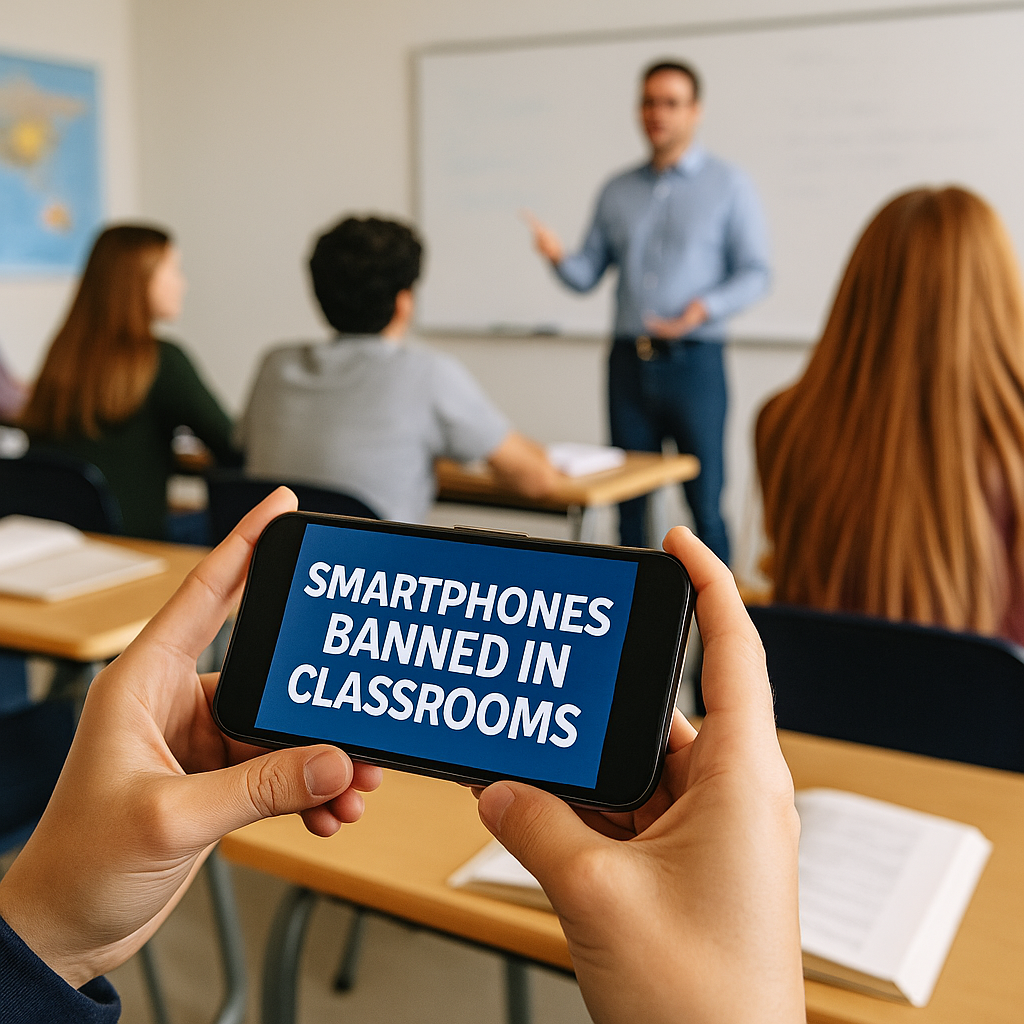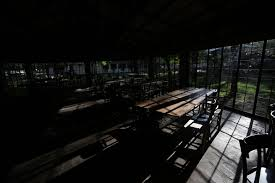| 최초 작성일 : 2025-08-28 | 수정일 : 2025-08-28 | 조회수 : 30 |

“South Korea to ban mobile phones in school classrooms” [Reuters, 2025-08-27] The South Korean government announced that starting in March 2026, the use of smartphones and digital devices will be prohibited during classes in elementary, middle, and high schools. According to government data, 37% of adolescents reported that excessive social media use disrupts their daily lives, and 22% feel anxiety when separated from digital devices. ------------------------------ Media outlets framed the decision in two predictable ways: as a potential boost to student concentration or as an overreach that triggered debates among parents and teachers. Yet, few reports asked the deeper question: What does this policy reveal about the relationship between technology and society? This is where theory journalism takes a different route. The ban is not just about student focus or discipline; it is a collective experiment in reclaiming control over technology that has already reshaped human behavior. What we are witnessing is a live episode of the age-old debate: Does technology determine society, or does society determine technology?
Technological Determinism This theory argues that technology reshapes society in fundamental ways. Automobiles restructured cities, television changed family living rooms, and now smartphones are redefining how young people learn, socialize, and even think. In this sense, smartphones are not neutral tools but forces that restructure classrooms themselves. Social Constructivism By contrast, constructivists argue that technology’s meaning depends on how society uses it. The same smartphone can be a dictionary, a study aid, or a gaming console. It is not the device itself that determines outcomes but the rules, norms, and habits societies build around it. Public Choice Theory Policies are never neutral; they are shaped by interest groups and political incentives. In this case, the ban reflects pressure from parents concerned about academic decline and teachers struggling with classroom management. Yet, the voices of students—the ones most affected—were largely absent in shaping this regulation. Panopticism (Foucault) Michel Foucault described modern society as a system of discipline and surveillance. The classroom, much like his “panopticon,” operates on the gaze of the teacher. Smartphones disrupted this model by offering students an escape from surveillance, connecting them to another world. The ban can therefore be read as an attempt to restore the classroom as a space of discipline and control.
From a technological determinist view, the ban is society’s attempt to push back against technology’s dominance. Smartphones already altered the classroom from a teacher-centered environment into a contested space where attention is split between blackboards and glowing screens. The ban is less about discipline and more about reclaiming authority that has been eroded by technology. From a social constructivist perspective, however, the ban appears narrow and rigid. A smartphone can serve as a learning aid—through language apps, digital resources, or instant feedback—yet the policy frames it solely as a threat. By doing so, the government closes off avenues for constructive educational use. Public choice theory highlights the political nature of the decision. Parents’ anxiety about addiction and teachers’ concerns about authority drove the policy. By responding decisively, the government showcases its role as a “problem solver.” But the absence of students’ voices exposes the imbalance in whose interests count in education policy. Through panopticism, the ban looks like an effort to re-establish surveillance and order. Smartphones allowed students to evade the teacher’s gaze and enter alternative spaces of interaction. The policy shuts down that escape route, reinforcing the classroom as a site of discipline.
The smartphone ban raises questions far beyond “Will students concentrate better?” First, society inevitably seeks to control technology. Smartphones affect adolescent concentration, sleep, and social ties. To hit the brakes through regulation is a natural, even necessary, reaction. Second, regulation is a double-edged sword. While it may yield short-term focus, banning phones outright may stifle opportunities to harness them as learning tools. True innovation lies not in exclusion but in domesticating and repurposing technology for education. Third, whose voices shape policy? Public choice theory reminds us that parents and teachers had a decisive influence, while students themselves—the primary stakeholders—were left unheard. A policy that affects the daily lives of youth must also involve youth participation in decision-making. Finally, balance is key. From a Foucauldian view, discipline may restore order, but education must also cultivate autonomy. Students should not only be controlled but taught to regulate themselves, building the digital literacy necessary for adulthood. Policy, therefore, must be two-pronged: a short-term ban to reset the classroom environment, combined with long-term programs that integrate smartphones into learning and foster digital responsibility.
The classroom smartphone ban is not just an education policy. It is a mirror reflecting how modern society wrestles with the double-edged power of technology. Technological determinism teaches us that smartphones have already restructured our behavior. Social constructivism reminds us that how we use them still matters. Public choice theory shows us whose demands carried weight in the policy decision. Panopticism reveals the deeper drive to restore surveillance and order to the classroom. But in the end, the real issue is not the ban itself. A ban may curb distraction for now, but education’s ultimate task is to raise individuals who can manage technology responsibly, not simply live under its prohibition. As theory journalism suggests, the smartphone ban is just one chapter in a much larger story: the constant tug-of-war between society and technology. Do we merely restrict devices, or do we learn to live with them wisely? That question will define not just the future of classrooms, but the very way we adapt to an ever-evolving technological world.














